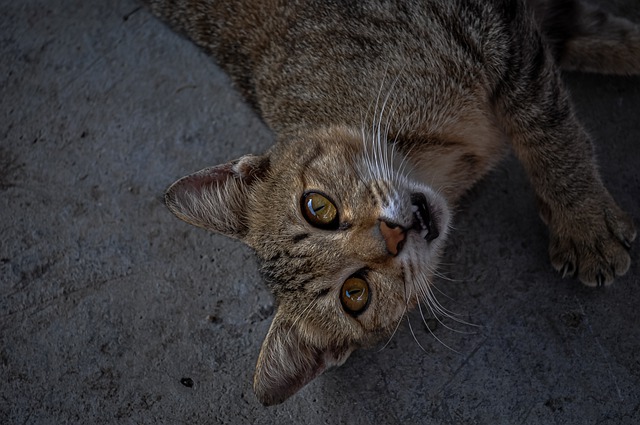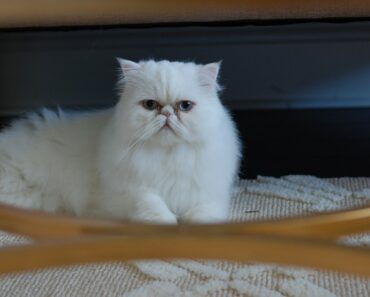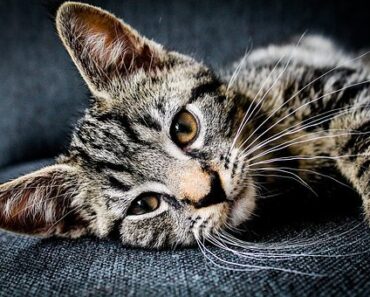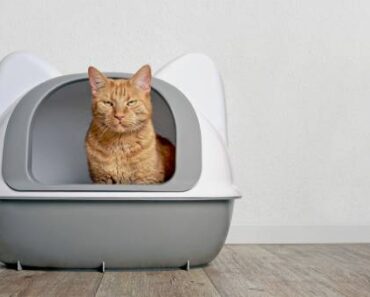
As we said a cat remains an independent animal and its instincts are not necessarily controlled. Therefore, scratching is a completely natural and necessary behavior for cats, but it is important to watch out for these actions that can lead to injuries on the claws, not to mention damage in your home.
Why do cats scratch themselves?
First of all, cats maintain their claws this way; the cat’s claws are retractable, as you know, unlike the dog’s, and therefore they will wear down less naturally. It is also a method to clean the gaps between each claw and remove dead parts.
Then this behavior is a way to mark its territory, to signal its presence: visually (the scratches) and olfactory (the balls or pads of its paws secrete pheromones -or chemical substances-), the cat signals its presence and power to any newcomer or potential intruder.
But clawing everywhere can also reveal anger, boredom and it is your walls, upholstery, cushions and other sofa that may be subjected to this sometimes disturbing attitude.
If in the case of revealed disorders, it is necessary to consult a veterinarian specialized in behaviour, you also have arrangements to take to protect your furniture. These protections will be temporary and will also participate in the education of your cat.
Is it necessary to cut its claws?
It is not an obligation insofar as your cat has space to move around (gardens, streets, fields if you are in the country). The abrasion of the various soils frequented is sufficient to file the claws naturally, despite, as we said before, retracted claws; in this case, a simple regular check will allow you to detect injuries on the claws. If your cat is a house cat, it is indeed advisable to have its claws trimmed or to do it yourself. Cat nail clippers are well suited for this purpose. Be careful not to use a simple pair of scissors that would crush the claws, source of pain and risk of infection. The part to be cut is the translucent area at the end of the claw, the other part being irrigated by blood vessels. Gently squeeze the pads and the claw will be perfectly clear .
Since this act of “scratching” is part of your cat’s life, present him with substitute objects: a piece of soft wood, fabric, balls of wool or rope or a cat scratching post that you can find in specialized stores.
Don’t hesitate to place this accessory in different places in your home and especially near places where your cat usually sleeps.
Consider the scratching post as an outlet for your cat before resting.
The cat scratching post is not necessarily a specific product. Sometimes also called cat tree, some scratching posts are real design objects, decorative objects, offering your pet a resting place, a shelter. In pet stores, all cat toys can be offered as a scratching post, but you must make sure that the accessory does not risk being destroyed too quickly by your pet’s paws or, on the other hand, if the toy is too soft or too hard, damage your cat’s claws. The cardboard for example would be quickly shredded and small pieces could get stuck between the claws.
In your pet store, the food section also offers cat food supplements, especially catnip. For the subject we are interested in (preventing the cat from scratching anywhere) catnip is a solution to focus your pet’s attention on an activity. The role of this grass: an intestinal purge because while grooming, the cat absorbs its hairs and chewing the grass will help it regurgitate them. The second effect is a relaxing effect because when the cat rubs or chews this grass, it gives off a pleasant smell. Place this grass next to a cat scratching post: the combination of the two products will divert your cat from your curtains, your furniture and will get him used to relax in specific places. Your couch will then be a place to rest rather than a space where anything goes.
Griffles can also be a reflection of stress felt by your cat.
Thus, to soothe it and make stop this undesirable behavior.
It will take a little patience for your cat to change his ways, but he will eventually find his bearings. Observe your cat’s behavior, look at his preferences: you will probably be able to adapt his living environment a little… In the meantime, protect your walls and exposed furniture with plastic sheets for example!






